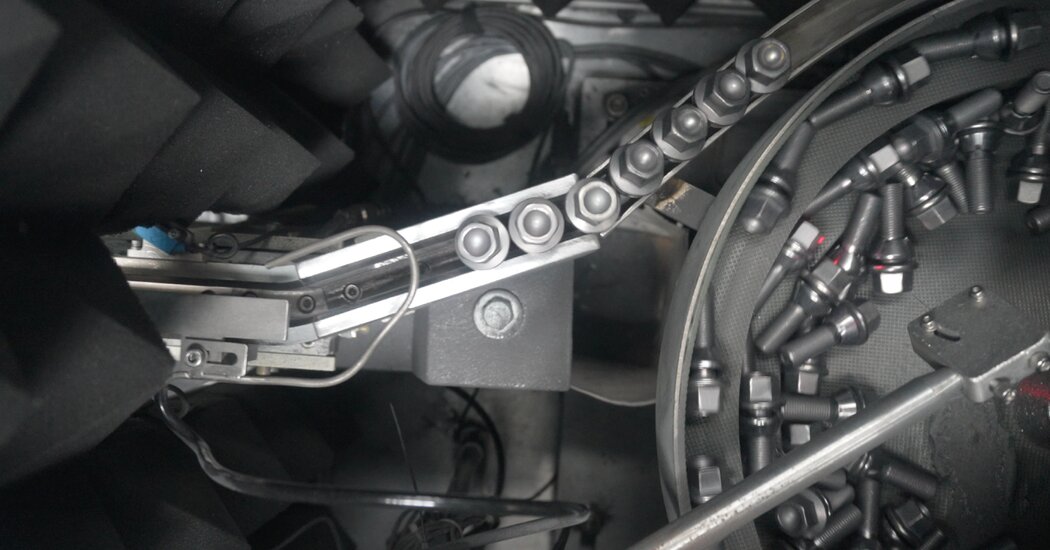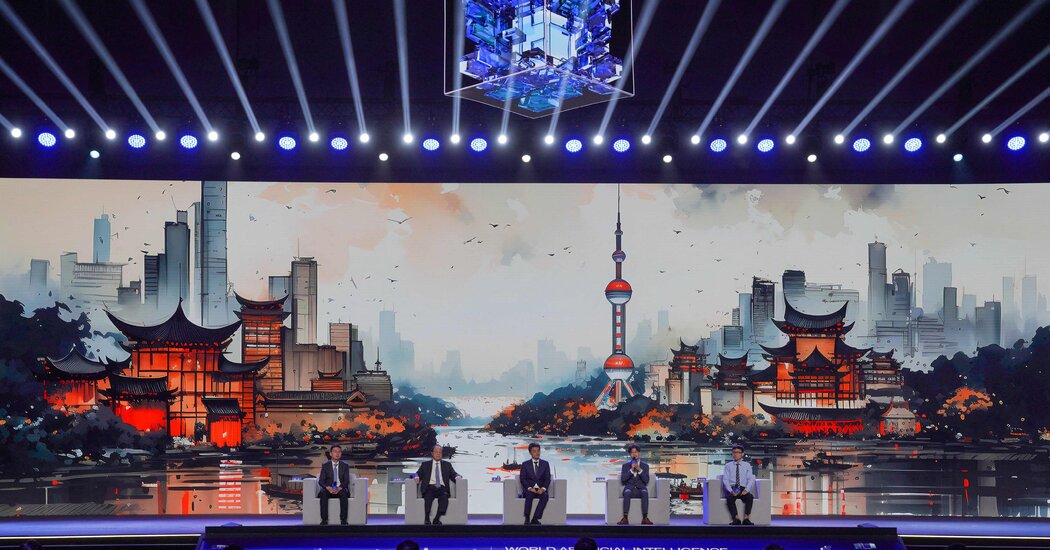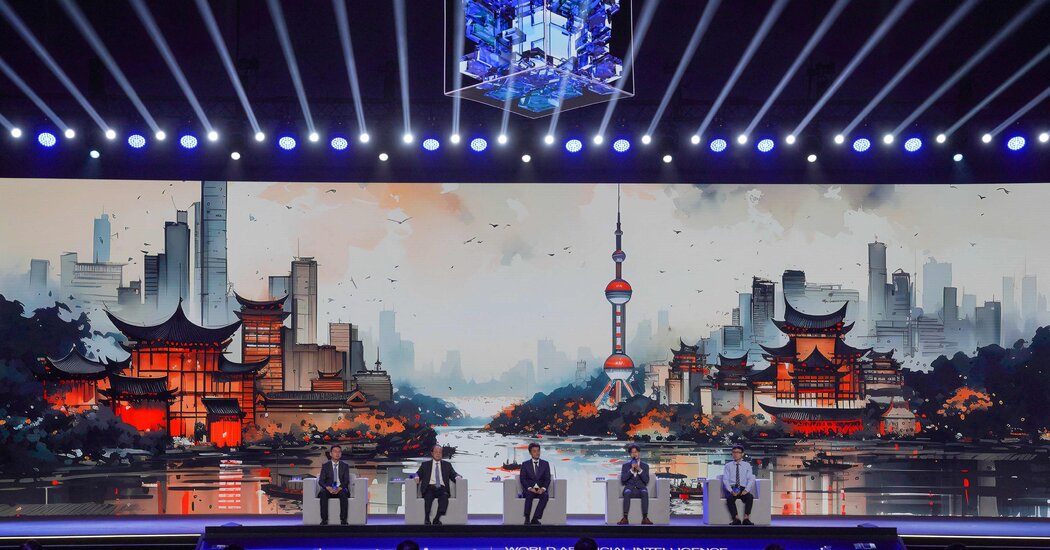China’s Cutting-Edge Factory Automation as a Trade War Weapon
In the ongoing trade tensions, China has emerged as a formidable force, leveraging a vast and sophisticated army of factory robots equipped with advanced artificial intelligence. This technological revolution in manufacturing has significantly transformed China’s industrial landscape, giving it a competitive edge on the global stage.

Across the country, factories are rapidly adopting automation, replacing traditional manual labor with high-tech robotic systems. Skilled engineers and technicians oversee and maintain these fleets of intelligent machines, ensuring continuous operation and optimization. This shift towards automation has not only lowered production costs but also enhanced product quality, enabling Chinese exports to remain competitive despite the imposition of tariffs by the United States and other nations.
Furthermore, China’s manufacturing sector is resilient in the face of new trade barriers introduced by the European Union, Brazil, India, Turkey, Thailand, and other developing economies. The country’s aggressive automation strategy ensures its position as a global manufacturing powerhouse, capable of maintaining high-volume output with fewer human workers.
Global Leadership in Robotics and Automation
China currently surpasses the United States, Germany, and Japan in terms of factory automation, boasting one of the highest densities of industrial robots per 10,000 manufacturing employees worldwide. According to data from the International Federation of Robotics, only South Korea and Singapore have higher robot-to-worker ratios.

This relentless drive towards automation has been strongly supported by government policies and substantial investment initiatives, positioning China at the forefront of industrial innovation. As the country’s labor force ages and becomes increasingly reluctant to undertake monotonous factory jobs, automation ensures China’s manufacturing sector remains robust and competitive for the future.
Innovative Examples of Robotics in Action
At the Zeekr automotive assembly plant in Ningbo, China, a humanoid robot serves as a greeting assistant for visitors. Currently in the testing phase, this robot features a human-like hand capable of interaction, exemplifying the integration of AI and robotics in customer engagement and factory operations.
Such advancements highlight China’s commitment to developing smart factories that combine automation, AI, and robotics to drive economic growth and sustain its global manufacturing dominance.


